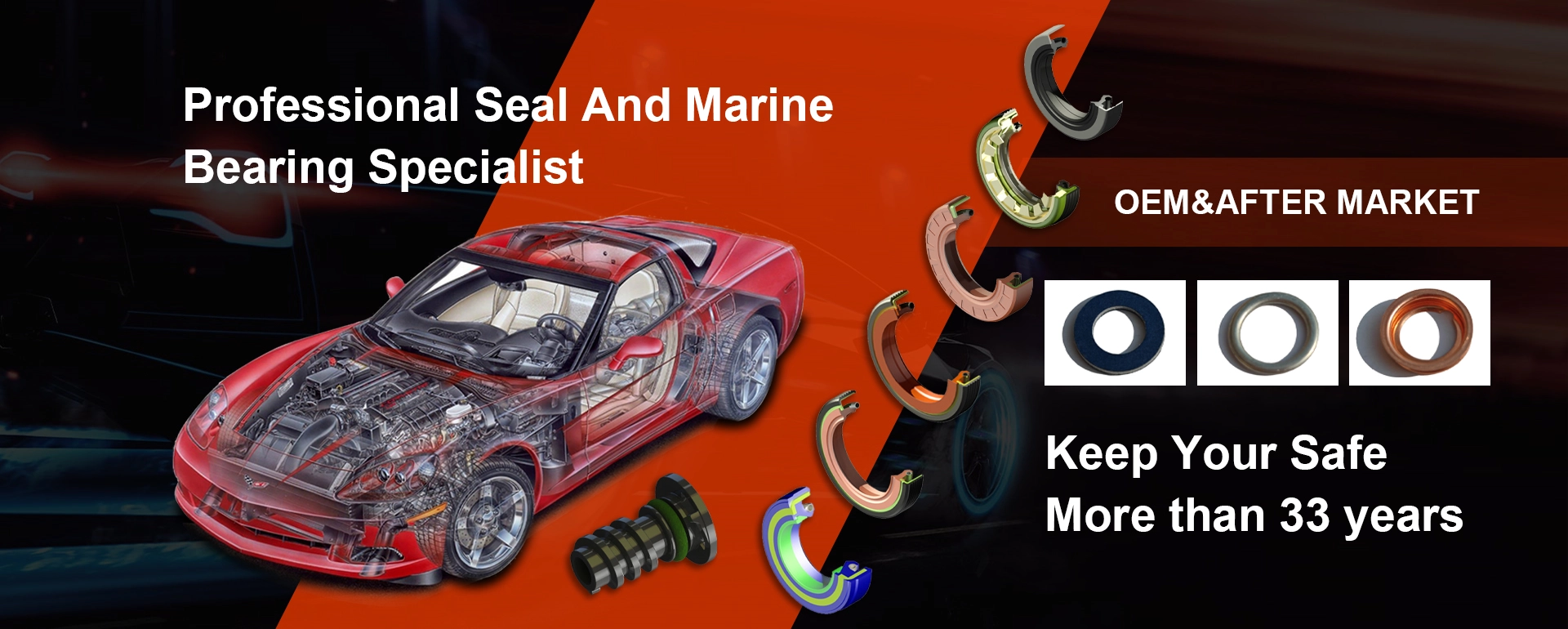Understanding the Importance of Rear End Yoke Seals for Vehicle Performance and Maintenance
Understanding Rear End Yoke Seal Importance and Maintenance
The rear end yoke seal is a crucial component in the drivetrain of a vehicle, specifically in the differential assembly. This small yet significant part serves to prevent the leakage of differential fluid, which is essential for lubricating the gears within the differential and ensuring smooth operation of the vehicle. Understanding the function, importance, and maintenance of the rear end yoke seal can help car owners and enthusiasts optimize the performance and longevity of their vehicles.
What is a Rear End Yoke Seal?
The rear end yoke seal is typically made of durable rubber or synthetic materials designed to withstand the high temperatures and pressures found in vehicle differentials. It is located at the intersection of the driveshaft and the differential housing. Its primary role is to create a barrier against the loss of differential fluid, while also preventing dirt and debris from entering the assembly. This sealing action is critical to the effective functioning of the differential, as a loss of fluid can lead to inadequate lubrication, resulting in increased wear and tear of the gears and ultimately leading to costly repairs.
Importance of the Rear End Yoke Seal
1. Fluid Retention The primary function of the rear end yoke seal is to maintain the integrity of the differential fluid. Proper lubrication is essential to minimize friction between the gear sets, which can cause excessive heat buildup and ultimately lead to equipment failure.
2. Prevention of Contaminants By keeping dirt, dust, and debris out of the differential housing, the yoke seal protects the vital components from damage. Contaminants can cause premature wear or catastrophic failure, necessitating a complete overhaul of the differential.
3. Performance A functional rear end yoke seal ensures that the differential operates smoothly. Any leaks or failures can lead to noticeable issues such as noise, vibrations, or handling problems. Hence, the health of the seal directly impacts overall vehicle performance.
Signs of Failure
rear end yoke seal

The failure of a rear end yoke seal can be identified through several telltale signs. One of the most common indicators is the presence of fluid leaks around the yoke area. A noticeable drop in differential fluid levels may also signal that the seal is compromised. Additionally, drivers may observe unusual noises or vibrations emanating from the rear end, often indicative of insufficient lubrication within the differential components.
Maintenance Tips
Maintaining the rear end yoke seal is essential to ensure the long-term reliability of the differential. Here are a few tips to help
1. Regular Inspections Periodically check the yoke seal for signs of wear, such as cracks, tears, or fluid leaks. Catching issues early can prevent more extensive damage.
2. Fluid Changes Follow the manufacturer’s recommended schedule for changing differential fluid. Over time, lubricants can break down, which can adversely affect the rear end seal.
3. Professional Servicing If you suspect a problem with the rear end yoke seal, or if you notice any unusual sounds or leaks, it is advisable to consult with a qualified technician. Regular vehicle maintenance should include inspection and replacement of seals as needed.
Conclusion
The rear end yoke seal may be a small component, but its role in ensuring the proper functioning of a vehicle’s differential is vital. By understanding its importance and adhering to a maintenance routine, vehicle owners can enhance the performance and lifespan of their rear ends, contributing to safer and more efficient driving experiences. Investing time and resources into maintaining this essential seal will ultimately pay off in reliability and peace of mind.
-
The Ultimate Guide to Car Repair Kits: Tools and Essentials Every Driver Should Own
News Aug.01,2025
-
The Complete Guide to Oil Pan Gaskets: Sealing Engine Leaks the Right Way
News Aug.01,2025
-
Preventing Oil Leaks: A Complete Guide to Oil Pan Gaskets and Drain Seals
News Aug.01,2025
-
Everything You Need to Know About Oil Pan Gaskets and Drain Plug Seals
News Aug.01,2025
-
Essential for Car Owners: How to Use a Car Repair Kit to Deal with Minor Breakdown
News Aug.01,2025
-
Comprehensive Guide to Engine Oil Sump Gaskets and Related Seals
News Aug.01,2025
-
The Ultimate Guide to Boat Propeller Bearings and Trailer Wheel Bearings
News Jul.31,2025
Products categories















